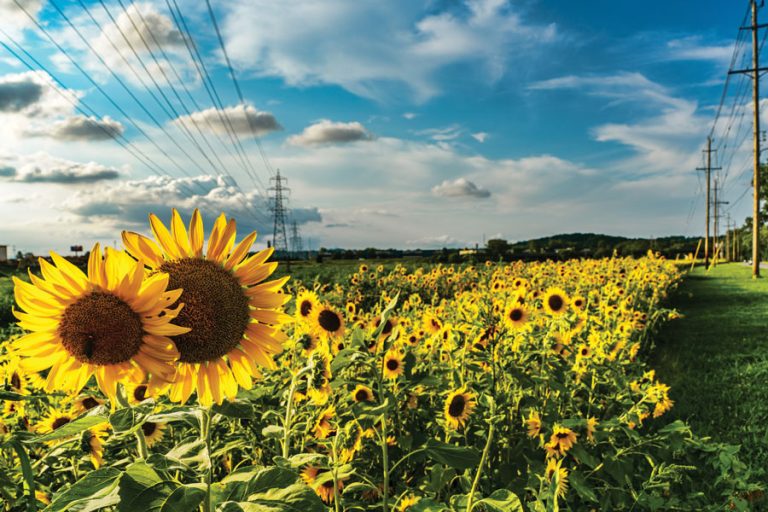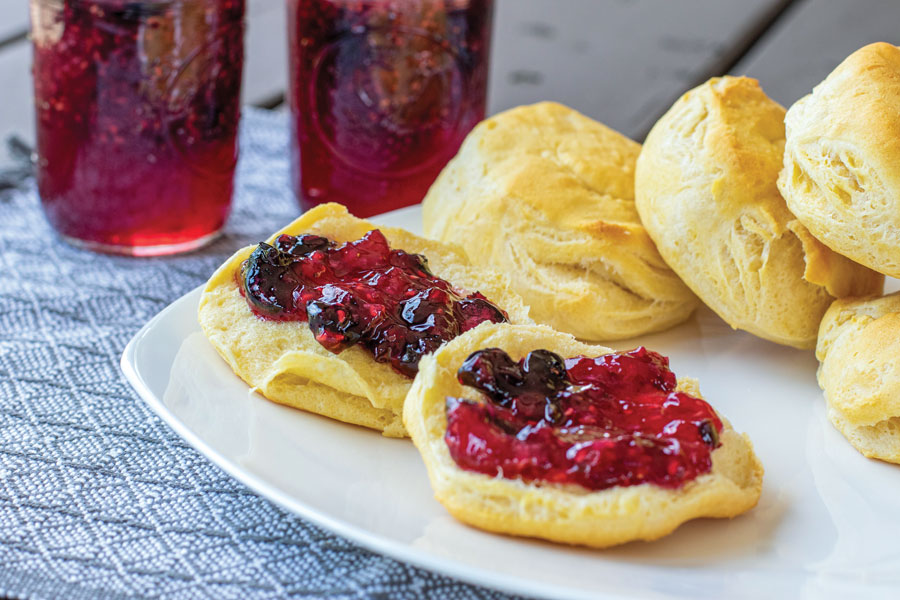While touring the West a few years ago, my wife and I stopped at a restaurant in Chinle, Ariz., specializing in Navajo cuisine. Scanning the menu, I quickly settled on a local favorite, a wonderful goat stew served with our favorite frybread. Chris opted for a delicious Navajo taco, which came wrapped in frybread.
Frybread originated in the mid-1860s on the Navajo Reservation during some of the darkest days of our nation’s history. During their “resettlement” and a forced migration called “The Long Walk,” a brutal 300 miles, many sick and elderly Navajo died as they were forced from their homelands. The tribe was relocated to a reservation at Bosque Redondo, N.M., but the land could not easily support their traditional staples of vegetables and beans.
Food was to be provided to the tribe, but often, the reservation commissary had no meat or canned goods, and the people were given only lard and flour. Lacking conventional wood stoves or baking ovens, the Native people came up with a unique answer to offset starvation using only flour and lard. Out of desperation, American Indian frybread was born.
Combining flour and water along with baking powder, if available, the Native American cooks would pinch off and form the stiff dough into a ball about the size of a golf ball and pat it out with their hands into a small patty. With a hole punched in the center of the patty, it would be fried in hot oil or lard until browned on both sides. A clean stick was used to flip the patty and inserted through the hole to lift the cooked frybread from the oil. Hot, nutritious and quickly cooked, the delicious frybread staved off starvation during an unimaginable time of hardship.
One of the best frybread recipes we have comes from retired conservation officer Tony Sanders. The ingredients are 2 cups of enriched flour, 2 teaspoons baking powder, 2 teaspoons salt, 2 tablespoons shortening, 2/3 cup of water and vegetable oil.
Instructions are to mix the dry ingredients together and cut in the shortening. Sprinkle in the water while tossing with a fork until the flour is moist and the dough almost cleans the bowl. Refrigerate and let rest for 30 minutes.
Heat 1 inch of oil in a heavy pan to 400 degrees F. Divide the dough into 12 equal pieces and roll or pat each piece into a 6-inch circle. Let rest a few minutes. Fry until puffy and golden, or about 1 minute on each side.
Topped with powdered sugar or drizzled with honey, frybread makes an excellent dessert. For a real treat, try frybread topped with prickly pear cactus jelly.
Frybread makes a wonderful addition to campfire cookery. The patties can be made ahead of time and kept cool on ice until fried. Better make plenty, as this camp specialty gets gobbled up quickly.
Frybread stands today as a living testimony to Native American ingenuity and resourcefulness.










